Looking for some fresh phonics activities for your word study lessons?
I use a lot of word sorts in my word study lessons, and they’re effective. But sometimes my kiddos and I get a little tired of sort after sort after sort. Can you relate? 🙂
In today’s post, I’ll share 5 phonics activities to try with your kindergarten, 1st, or 2nd grade students! I hope you find at least a couple of new ideas!
Photo Credits; Regreto, Shutterstock
1. Mystery Word
Have students place 5 – 10 words, on individual cards, on the table in front of them. (Have students use the words they are currently studying AND words they have studied in the past, for review.) Each student should have the same set of words.
The teacher chooses one word and gives clues about that word. Students may guess the word at any time, but I do not allow the children to guess after one clue (they have to wait to hear two or more clues).
When you give clues, make sure that they do not immediately reveal the “identity” of the word. For example, if you state that the word ends in -at, you’ll want students to have several different words that end in -at.
Examples of clues:
“The mystery word starts with the digraph ‘ch.'”
“The mystery word rhymes with ‘pig.'”
“The mystery word has 2 syllables.”
“The mystery word has a prefix.”
Kindergarten teachers can modify this by giving students alphabet letters rather than words. You then give clues like, “This is the letter that starts the word ‘hat'” or “This letter has two straight lines” or “This is the last letter in the word ‘pin.'” You can eventually transition to having students work with complete words.
This activity can be done in a whole group or small group setting. Once students have played this game many times with your support, you can have them play it on their own—a student leader makes up the clues for a partner or small group!
2. Word Train
In this activity, students manipulate words and change out letters to make new words.
First, direct students to make a word (they should use their own magnetic letters or letter tiles). After students have made it correctly, have them write it on the first car in their train.
Next, either show or ask students how they can change that word to form a new word. Once students have formed the new word with their magnetic letters or tiles, have them write it on the train.
Continue until the train is “full.” Praise students for their work in changing the first word to a completely different word.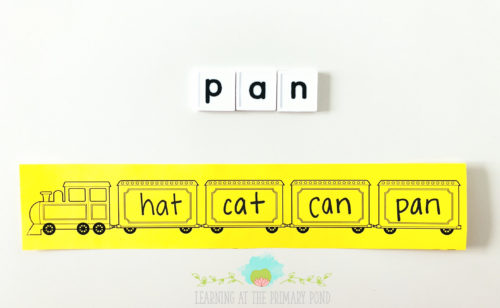
If you’d like this train template, you can get it for free at this link.
You can make the activity even more challenging (and assign it as independent work) by writing the first and last word on the train. Students have to figure out how to get from the first word to the last word!
3. Making Words
This activity was developed by Patricia Cunningham (1992). I’m going to share a basic outline of her activity, but there are other variations and extension activities that you can read about in one of her books, like this one.
To prepare for the activity, the teacher chooses a “secret word” (something related to a topic you’ve been studying, if possible). The teacher displays the letters in the word in a mixed-up order. Students should also have their own paper letter tiles with matching letters to manipulate.
The teacher directs students to make a 2-letter word, with her help (or a 3-letter word, if no 2-letter words are possible).
Continue guiding students in making words by giving directions like “Change the first letter to an S” or “Mix up the letters to make a different word.” As you go, increase the number of letters in the words students make.
Have students try to figure out the “big” secret word. If they are not able to, give them clues to help.
Students can then do follow-up activities like practicing sorting the words they made, comparing and contrasting words, looking for words that rhyme, etc.
Again, this can be done in a whole group or small group setting. Students can eventually do “Making Words” activities and variations on their own (as independent work, they can repeat the same “Making Words” activity you did with them, but without your support).
4. Dictation
This one is not quite as game-like as numbers 1-3. But it can still be fun AND is an extremely valuable phonics activity. It also allows you to see how students are doing with applying phonics / word learning to their writing.
The way you structure the dictation activity will depend on students’ ages and abilities. In general, you might try something like this:
- Choose a sentence that includes ONLY words that students have been learning how to spell (CVCe words with the long i, for instance) and sight words.
- Say the sentence aloud to students: “I like my bike.”
- Then, say, “Write ‘I.'” Have students write the word.
- “Write ‘like.'” (If necessary, comment on the long i sound, and help students segment it if necessary.) Have students write the word.
- Repeat for the remaining words in the sentence. Note: In kindergarten and first grade (and sometimes 2nd), I almost always dictate the sentence word-by-word. I want students’ focus to be on using their phonics knowledge rather than trying to remember a sentence. If necessary, I will remind them to space, use capital letters, and punctuation. Although I can discuss these skills during the lesson, I try to stay focused on the phonics patterns (since that is the point of this type of dictation).
- Have students reread their sentences. Discuss word features.
In kindergarten, I start with single-word dictations, and then we eventually move into very simple sentences. You can incorporate sound boxes or have students “tap out” words to support them with segmenting during the dictation.
Ways to make dictation fun:
- Make up sentences about your students and/or classroom. (You may have to tell them how to spell a word if it doesn’t fit the patterns students have been studying, but the enjoyment they get from relevant sentences will make it worth it.)
- Make up silly sentences.
- Allow students to choose a word they’ve been studying. Then, you come up with a sentence that uses that word (but is still phonics-controlled).
5. Real or Nonsense?
This activity is very flexible, open-ended, and can be adapted for any level.
To prepare, choose letters, chunks, or syllables students have been studying and place them on index cards or small pieces of paper.
You can either A) fold up the cards and place them into a bag or jar, or B) give each student a set of the cards to place on the table in front of them.
With option A, students reach into the bag/jar and take out two pieces of paper. They manipulate the word parts to try to make a word. They record the word(s) they can make, writing them into the “Real” or “Nonsense” categories.
With option B, you can direct students in finding specific letters, chunks, or syllables (“Find the chunk ‘ing’ and the letter S”). With your guidance, students form real and nonsense words.
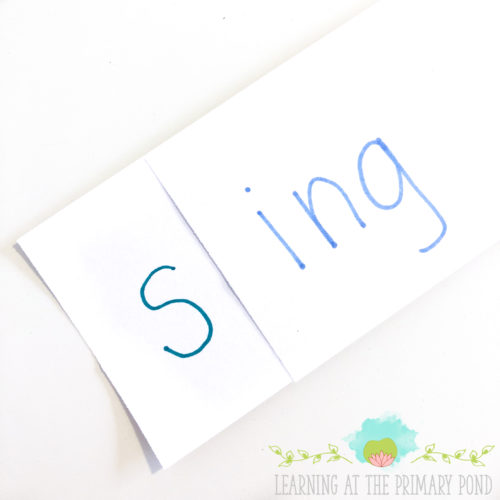 This makes a great small-group activity because you can discuss the meanings of words too. Students can sort the words in other ways, beyond “real” and “nonsense.”
This makes a great small-group activity because you can discuss the meanings of words too. Students can sort the words in other ways, beyond “real” and “nonsense.”
Conclusions
I hope you got at least one new idea for your phonics instruction! 🙂
Want some free word work games that you can customize so students can practice words of your choice? Grab my free word work games at this link!
If you’re looking for many more activities that your students can do independently, check out my word work resources for K, 1st, and 2nd grade.
References
Blevins, W. (2017). A Fresh Look at Phonics, Grades K-2. Thousand Oaks, CA: Corwin.
Cunningham, P.M., & Cunningham, J.W. (1992). Making words: Enhancing the invented spelling-decoding connection. The Reading Teacher, 46, 106-107.



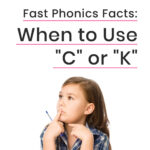
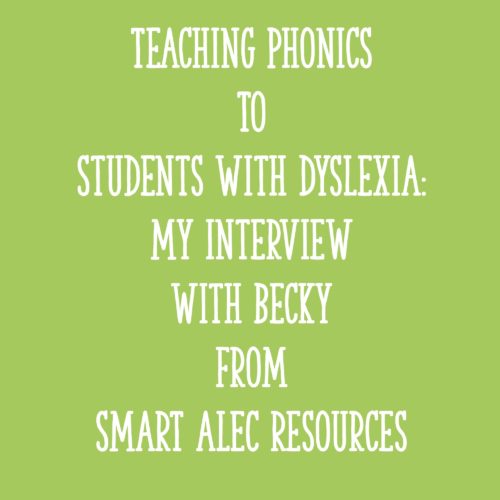
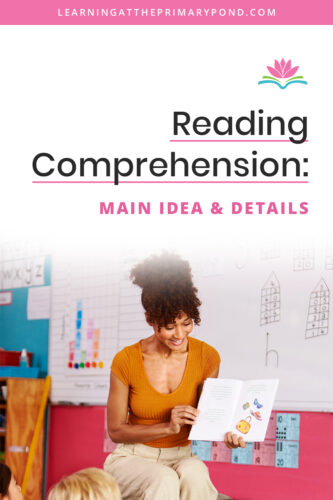
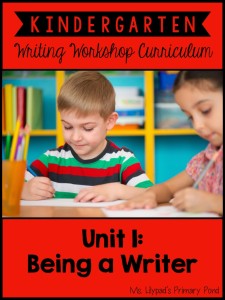






By this time of year, my 2nds can create clues based on my modeling for the last few months. I differentiate with a template of starters for those who need it. Pair-up, add to a center or use as an incentive to get to a you-choose activity. Your ideas spur me on!
Yes!! I love that, Julie. My kids love coming up with their own clues!
Alison
I love these ideas! I will definitely be using them with my online students.
I’m so glad that you found these ideas useful, Sue! 🙂
I have not been able to get the word train. No submit or go button, but I would love touse it!
Hi Pam! Did you try typing in your first name and e-mail address then pressing the ‘return’ or ‘enter’ button? There isn’t a submit button so this trick should work. Please let me know if this doesn’t work for you!
I would love to start all over with my literacy block. I am slowly implementing your ideas and I am loving the results. Next summer and any free time I have this year is going to be changes from this program.
That’s awesome, Valerie! I am so glad that your students are responding well to the activity suggestions! 🙂